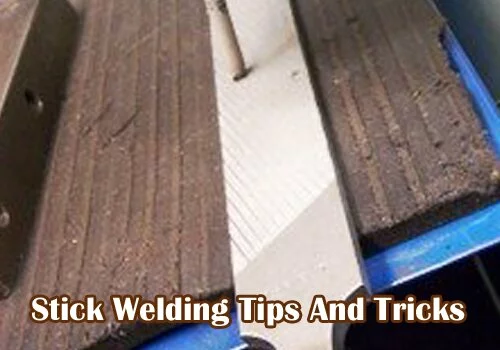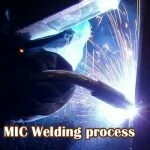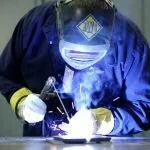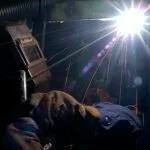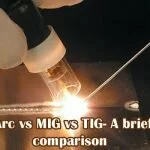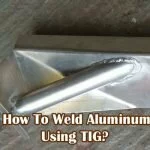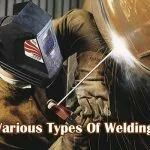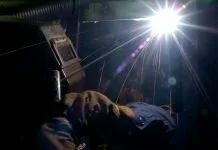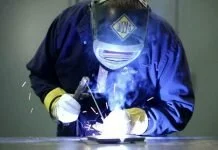Welding is a common process followed all over the world. There are various types of welding such as Arc, MIG, and TIG welding. The stick welding is an important form of welding that is common in many places. This is an ancient method of welding and is very cheap in price. We have listed the best tips and tricks used in the welding.
Tips and tricks
There are five basic elements that allow a stick welder to produce an efficient result: current setting, the length of the arc, the angle of the electrode, manipulation of the electrode, and speed of travel. The beginner just needs to concentrate on these five basic elements of welding to produce an effective performance. The above five elements are represented as CLAMS.
Preparation
Before learning about the five basic elements of welding, the preparation of welding plays an important role. Proper preparation in the welding process will increase the performance of the welding. The preparation process includes cleaning the dirty and rusty metals used for welding. The area used for welding should be also kept clean because unclean conditions may lead to cracking, lack of fusion etc. The work clamp is kept clean because a good electrical connection is very important to maintain the arc quality. The final preparation is to provide yourself with comfort so that you can manipulate the electrode with ease.
CLAMS
After the preparation, the CLAMS should be considered. Remembering and using all the CLAMS points will be difficult in the first welding, but you will feel easy at the second time. The various clamp points used for welding are as follows.
Current setting
The current flow should be proper in the welding process to increase performance. The electrode used in the process will determine the type of current. The current used can be a DC with positive or negative bias or AC current can be used. Choose the ampere range of current based on the type of electrode used. If the ampere range of current is very low then the following factors may occur,
- The electrode will be sticky
- Arc will keep going out
- Arc will stutter
This problem will affect the weld and will damage the metal too.
Length of arc
The arc length directly depends on the electrode. The application and features of the electrode determine the arc length for the process. Usually, the arc length should not exceed the diameter of the metal in the electrode. The arc should be used in a minimum distance from the metal. Using the arc too close will affect the metal. Long arcs produce scatter, low deposition rates and undercuts.
Angle of travel
Performing stick welding in a flat or overhead position might need drag or backhand. For this type of welding, the welding angle is very important. Choosing the perfect angle commonly from 5 to 15 degrees, and by tilting the electrode for about 0-15 degrees, the welding can be done perfectly.
Manipulation of electrode
Try to manipulate the electrode in your own way by observing others. The sides and joints should be taken into account and it should be manipulated carefully.
Speed of travel
Maintain a normal speed throughout welding. Traveling too slowly may produce a shallow penetration and traveling too fast will lead to improper joints.
So perform your welding in a perfect way with these steps. These tips will make you produce perfect weld right from the day 1. If this article helped you, share it on social networking sites.
